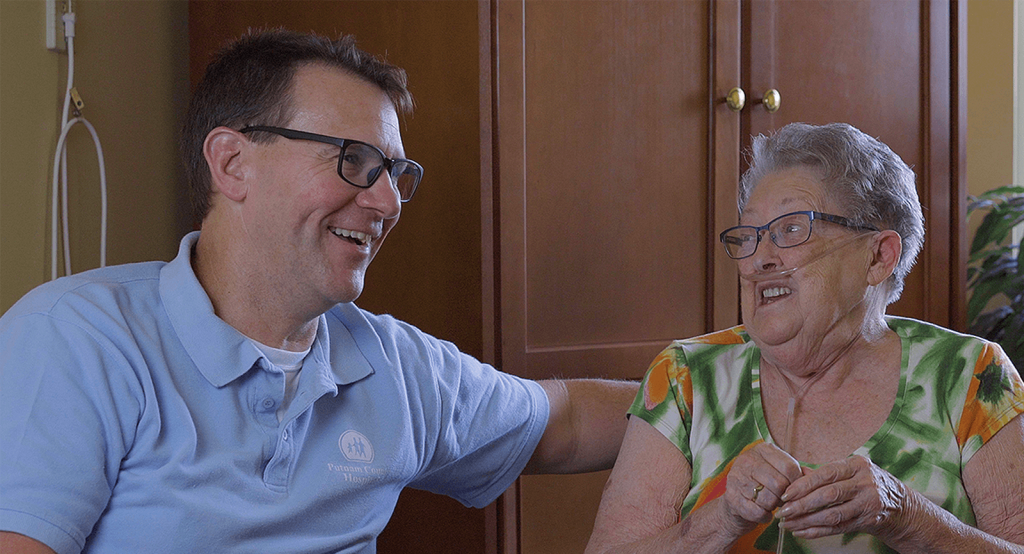New Study Finds 33% Mortality Rate for Older Adults After Intubation

Vapotherm’s Hi-VNI® Technology is a tool for treating respiratory distress in patients for whom prescribers desire to add heat and moisture to breathing gases. This webpage contains links to third party abstracts and/or publications that describe certain outcomes in relation to the use of Vapotherm’s Hi-VNI® Technology, but individual results may vary. Practitioners should refer to the full indications for use and operating instructions of any products referenced herein before prescribing them.
In March 2018, Ouchi and colleagues published the results of a retrospective cohort study in the Journal of American Geriatrics Society titled “Prognosis After Emergency Department Intubation to Inform Shared Decision-Making.” The study examined 35,036 in-hospital intubations of older adults (>65 years old) who did not suffer cardiac arrest or exhibit evidence of trauma, across 262 hospitals. The research found an overall in-hospital mortality of 33% (95% CI = 34-35%) with the following breakdown according to age bracket11. Ouchi, Kei, Guruprasad D. Jambaulikar et al. Prognosis After Emergency Department Intubation to Inform Shared Decision-Making. J Am Geriatr Soc. 2018 Mar 15. doi: 10.1111/jgs.15361. [Epub ahead of print]Read Full Text:
| Age Range (years) | Mortality Rate | 95% Confidence Interval |
|---|---|---|
| 65-74 | 29% | 28-29% |
| 75-79 | 34% | 33-35% |
| 80-84 | 40% | 39-41% |
| 85-89 | 43% | 41-44% |
| 90 and older | 50% | 48-51% |
Data synthesized from the Prognosis After Emergency Department Intubation to Inform Shared Decision-Making11. Ouchi, Kei, Guruprasad D. Jambaulikar et al. Prognosis After Emergency Department Intubation to Inform Shared Decision-Making. J Am Geriatr Soc. 2018 Mar 15. doi: 10.1111/jgs.15361. [Epub ahead of print]Read Full Text study.

Additionally, the study found that only 24% of patients were discharged home after an intubation.
The authors note that there were some limitations in the study, including the reliance on medical records which may have been miscoded and the lack of information of patient outcomes following hospital discharge. They call for future studies to include such information.
Nevertheless, given the study results, the authors conclude that the risks of intubating older patients should be included in conversations on shared decision-making. These conversations should be accompanied with a simple graphic that would help patients and their surrogates visualize the likelihood of mortality and be therefore better informed when deciding whether to intubate or seek an alternative course of treatment.
References